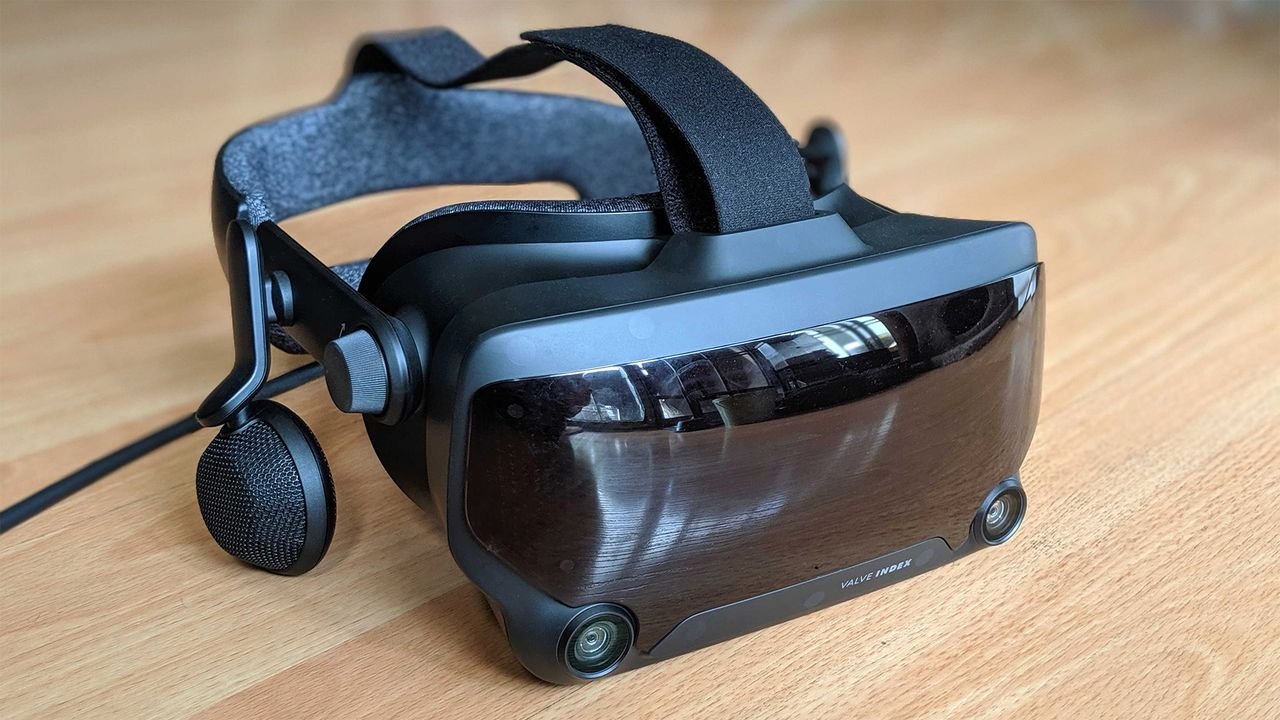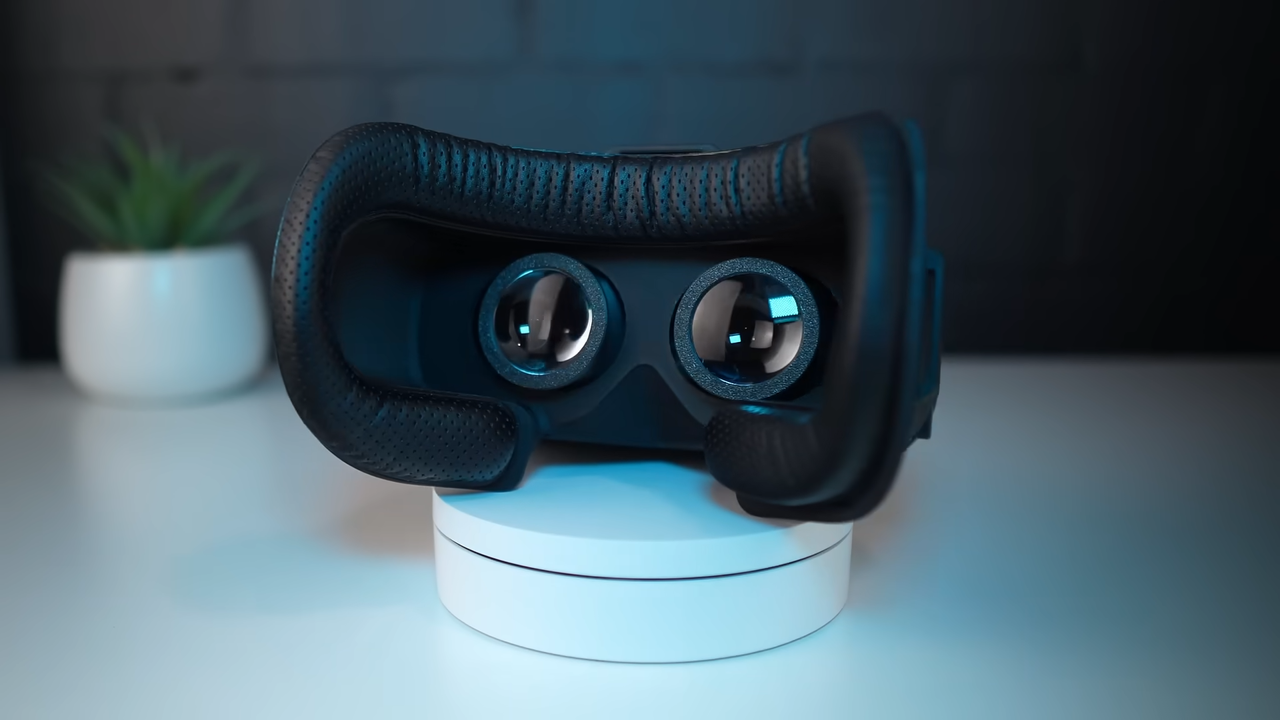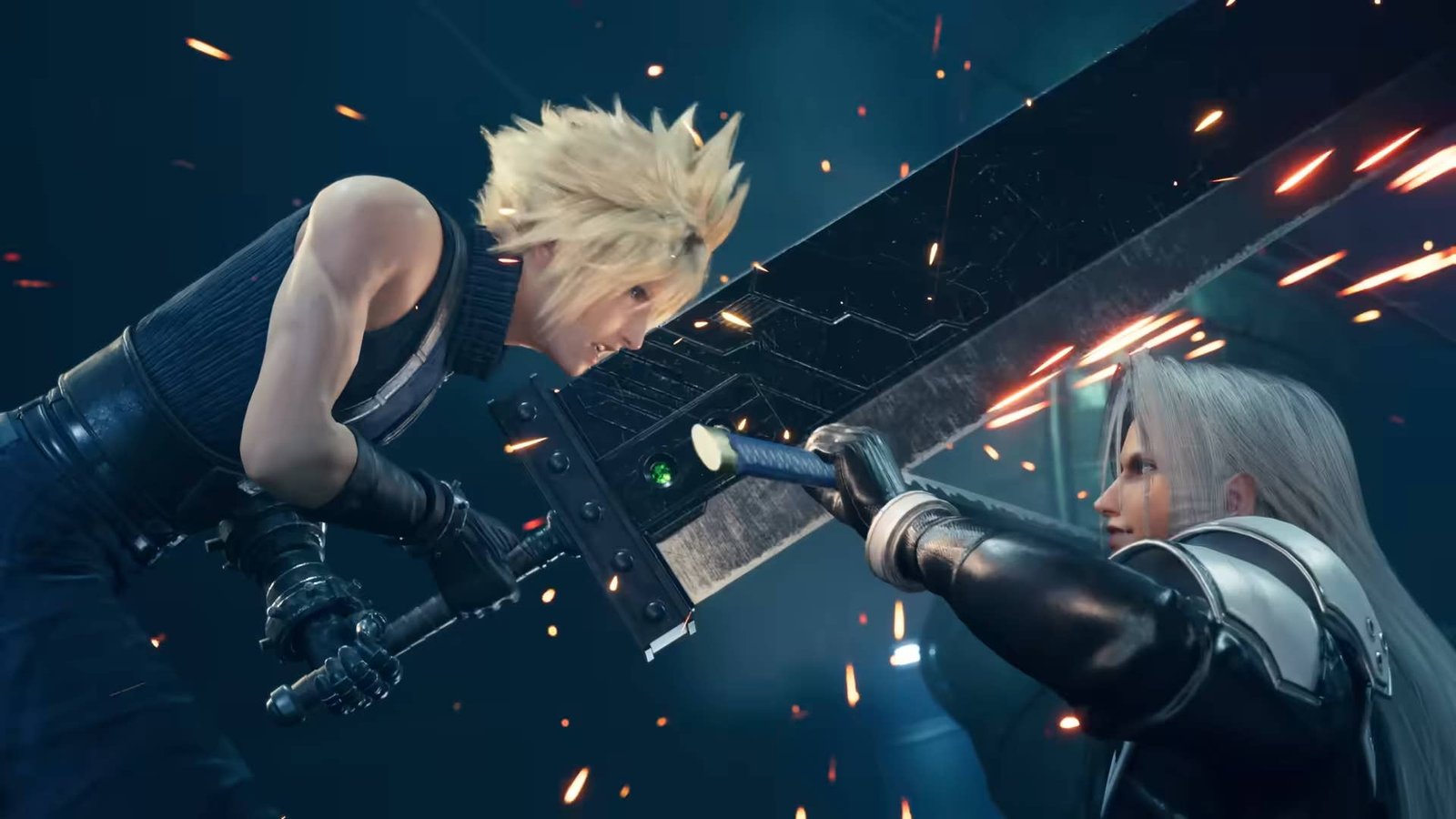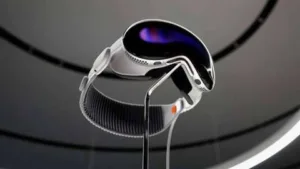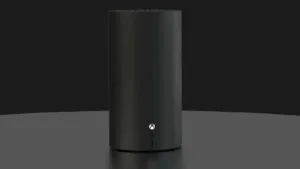Final Fantasy 7 Rebirth’s Director Talks About Creating Its Anticipated Ending and Teases Part 3
Spoiler Warning: This interview contains some spoilers for the ending of Final Fantasy VII Rebirth as well as some of the major changes from the original. You have been warned!
Heading into Final Fantasy VII Rebirth, fans had only one question on their mind: What was going to happen to Aerith? Final Fantasy VII Remake had upended the classic story, seemingly leaving the door open for all manner of changes, including to one of the biggest twists in gaming history. But if director Naoki Hamaguchi felt pressure to get the moment right, he isn’t saying it.
“In terms of whether there was pressure or stress around the scene, it was actually more so that within Nojima-san’s initial scenario we had this direction that was pretty set from his initial scenario. And so that was kind of quite solidified early on,” Hamaguchi tells IGN.
According to Hamaguchi, the anticipated finale for Final Fantasy VII Rebirth, which launched yesterday on PlayStation 5, didn’t inspire much internal debate. Instead, the development team mostly focused on executing on director Kazushige Nojima’s vision as best they could. “More of this kind of sense of determination as a team to best convey this based on Nojima-san’s scenario,” Hamaguchi says.
Early returns have been mostly positive. Final Fantasy VII Rebirth currently sits at 92 on Metacritic and is enjoying strong word-of-mouth. But despite awarding it a 9 in our review, we weren’t the biggest fans of how it wrapped up, writing, “It does fumble the execution of its ending, getting caught up in the mess of its multiple twisting timelines, but new moments and the overarching journey manage to evoke a deeper sense of reflection in spite of that.”
Final Fantasy VII Rebirth’s ending is indeed confusing, its vague nature bound to inspire lorehounds within the fandom. For Hamaguchi and his team, though, the confusion may be a feature more than a bug.
“HD games take quite long to develop…it’s not as so that we can release the final title the following year or anything like that. Of course, it takes a bit more time, so it is our intent and hopes that there will be many thoughts and conjectures and sort of guesses as to what this exactly means. And we do hope that players will kind of think about this and consider this up to the following title,” Hamaguchi says.
The journey to Rebirth and beyond
Whenever the third part of the Final Fantasy Remake trilogy releases — whether it’s called Remembrance or something else — it will mark the conclusion of a journey that has now spanned close to a decade and two separate console generations. It stretches as far back as the PlayStation 3, when Square Enix released what was then considered a beautiful tech demo featuring Cloud that sparked fevered calls for a remake, which were finally answered in 2020 with the release of Final Fantasy VII Remake.
The first game was directed by Tetsuya Nomura, one of the key architects of the original Final Fantasy VII. When it came time for Rebirth, he handed the reigns to Hamaguchi, who had grown up playing Final Fantasy VI and Final Fantasy VII before finally joining Square Enix in 2006. As a child, he loved manga and was impressed by how Square’s RPGs were able to capture a similar range of depth and expression. He entered the games industry as a programmer, making him in some ways the opposite of Nomura, who has defined the look and feel of multiple generations of Final Fantasy games through his art.
Where Yoshinori Kitase, Nomura, Nojima, and Motomu Toriyama worried about the creative direction of the story, Hamaguchi was tasked with logistics. He talks about being in charge of the “structure of the game” — the meat and potatoes elements like the combat and the open world — and managing the overall development. Meanwhile, it was Nomura who came up with the “Rebirth” subtitle, which like Remake has something of a double-meaning (“I think having played the game, you will understand what Rebirth means to this title,” Hamaguchi says)
“Nomura-san is an extremely creative individual,” Hamaguchi goes on. “And since he was one of the creators involved with the original fan of Fantasy VII, he was vital in understanding the elements that were the most appealing and continue that were beloved from the original title and how we can best express this in a way that would make that kind of impact today as well. He has this immaculate sensibility in that way and his opinions were very vital in the development. He is a creator that I have massive respect towards.”
In his time at Square Enix, Hamaguchi has worked on numerous Final Fantasy releases stretching back to Final Fantasy XII. What makes Rebirth different, Hamaguchi says, is that its nature as a sequel means that it’s easier to take into account critical feedback and rework elements that don’t work quite as well. Rebirth was also able to retain between 80 and 90 percent of the developers who worked on Remake.
Asked if the team took any lessons from Final Fantasy XVI, which was being made at roughly the same time, Hamaguchi demurs, noting that the nature of development means that it can be difficult to suddenly change the direction of a game’s design.
“It is very often so that,even if there are other titles in which the timelines of development align or overlap, it can be pretty challenging to actually implement things from another title into our own simply because the overall structure is already constructed or determined early on,” Hamaguchi says. “So yeah, looking at the Active Time Lore or some of the cinematic elements of expression they deployed in Final Fantasy XVI, there were certainly a lot of elements that were inspiring or very intriguing…but it was quite difficult to implement.”
The grand finale
With Final Fantasy VII Rebirth now complete and in the hands of fans, Square Enix can look ahead to the final part of the trilogy, which based on the current pace of development may not be finished until roughly 2028. If that winds up being the case, Final Fantasy VII Remake’s grand finale may well be a PlayStation 6 launch title if Sony’s comments about the PS5 being in the “latter stage” of its life cycle are anything to go by.
As for what the third part will entail, we do have some hints. Notably, Hamaguchi says that Cid’s home Rocket Town, which doesn’t appear in Rebirth, may be in the next game. “So as for Rocket Town, this was also not a part of Nojima-san’s original structure…And considering that how we introduce the character, Cid, for the Remake series this time is arranged a bit differently, Nojima-san, Nomura-san and I were all aligned with this decision to consider this for the next title.”
Fans are very delighted to see some of the characters from the Compilation of Final Fantasy VII titles that they have really loved and enjoyed
According to Hamaguchi, Rocket Town was also cut at least in part to focus on Gongaga, a previously-optional area that gets more prominence in Rebirth. “Considering that in the original the Gongaga area was optional for the players, we wanted to delve into this and express this more in depth for Rebirth. And so that was also an additional consideration for this as well.”
Unsurprisingly, the Compilation of Final Fantasy VII works also figure to play a role of some kind in the third game. Orignally a collection side-stories and spin-off games, Square Enix has hardly been shy about including characters and story beats from its various works, even going so far as to feature elements from the much-maligned Dirge of Cerberus in the Intergrade DLC. Ahead of Rebirth’s release on February 29, the 2005 movie Final Fantasy VII: Advent Children briefly returned to theaters for a special showing.
Hamaguchi has said that the next game’s script is still in development, so plenty can change. However, he does tease still more potential additions from Compilation.
“So while I can’t comment on the sort of exact contents of the third title now, of course, whenever we present characters that have originally appealed and appeared in a Compilation title for Final Fantasy VII, we’ve seen very positive feedback. Fans are very delighted to see some of the characters from the Compilation of Final Fantasy VII titles that they have really loved and enjoyed. So I hope that we can continue to touch on these. But at the time, in terms of the storyline, nothing is set in stone,” Hamaguchi says.
For now, Final Fantasy VII Rebirth seems like a win for Square Enix, earning more positive word-of-mouth than the series has seen in years. The real test will be whether it’s able to defy the odds and sell more copies than its predecessor, which sits at about 7 million units. Outside of its extremely popular MMORPG, Final Fantasy has been trending downward for a while now (granted, Final Fantasy XVI differed from its peers in that it was a platform exclusive), and direct sequels tend to see diminishing returns.
One way or another, Hamaguchi says he plans to see Square Enix’s ambitious Final Fantasy VII Remake project through. “At the end of Remake, I had a pretty lengthy discussion with Kitase-san surrounding this and that I would be devoted to this project for the next 12 years or so. I think we both had reached the consensus together and had some very good discussions around that. And so with that, I feel very much committed, and with the Remake series, as well as Rebirth, I feel very much confident about bringing it into this world. So I have this resolve for the Remake series and concluding the trilogy.”
Final Fantasy VII Rebirth is now available on PlayStation 5. For more, check out our full Final Fantasy VII Rebirth walkthrough as well as our guide to Final Fantasy VII Rebirth’s romances and relationships.
Kat Bailey is IGN’s News Director as well as co-host of Nintendo Voice Chat. Have a tip? Send her a DM at @the_katbot.

